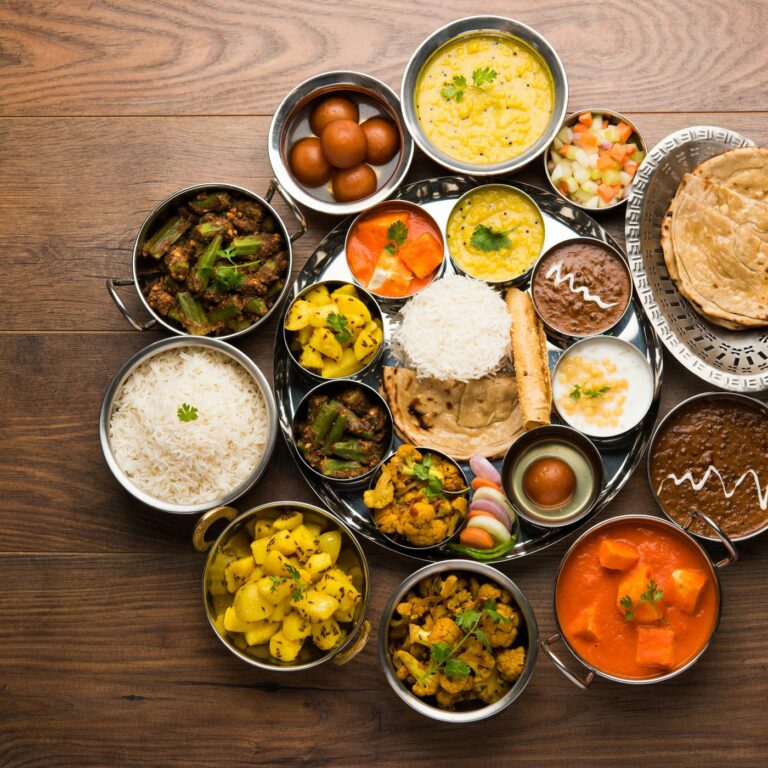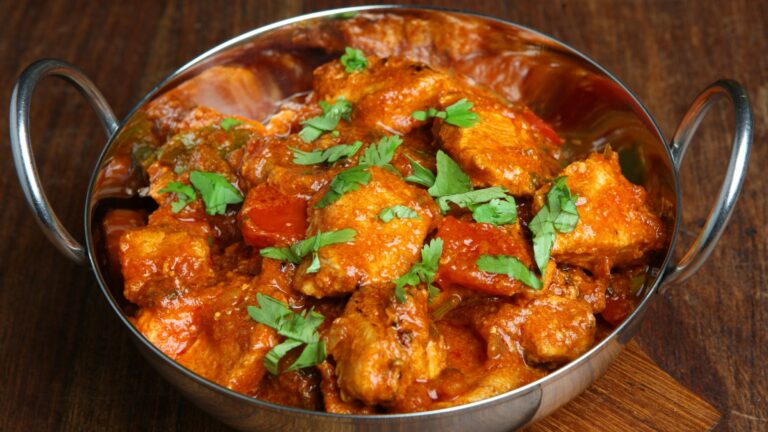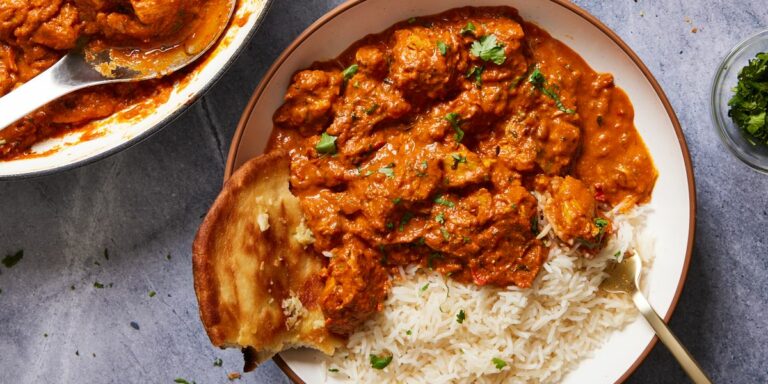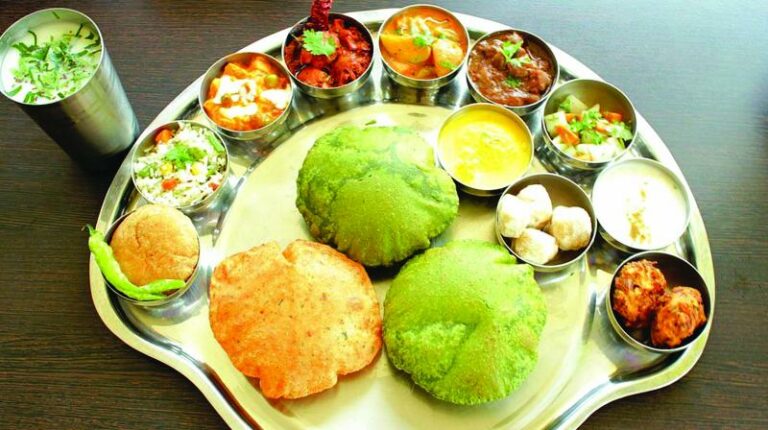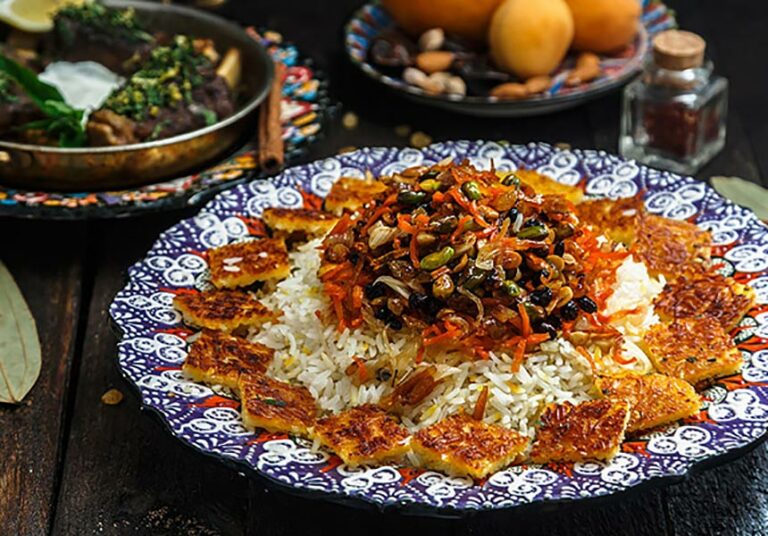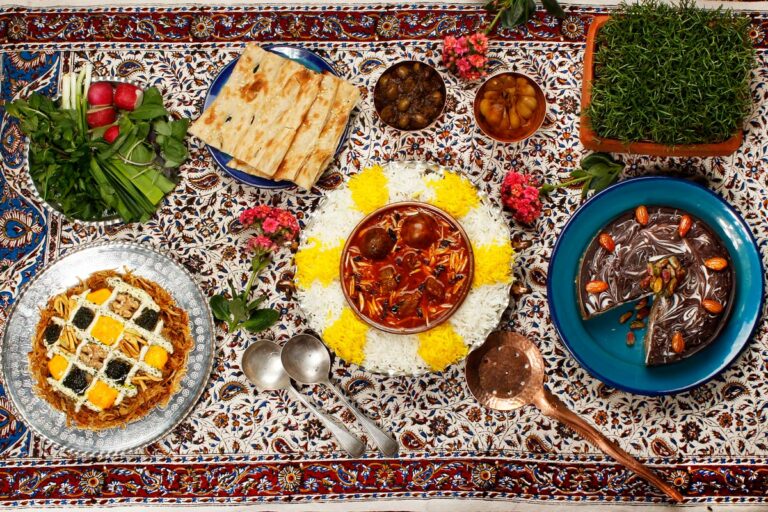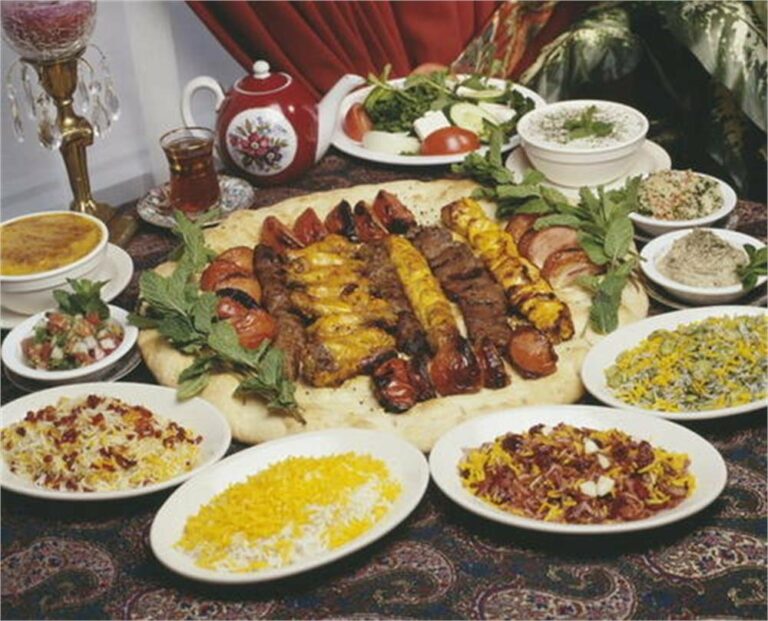Introduction: Ancient Indian Texts
Ancient Indian texts are a treasure trove of knowledge that have been passed down through generations. These texts include the Vedas, the Upanishads, and the Ayurvedic texts. Ayurveda is an ancient Indian system of medicine that focuses on the balance between the mind, body, and spirit. It emphasizes the use of natural remedies and a healthy lifestyle to prevent and treat illnesses. Ayurveda has had a significant influence on Indian cuisine, particularly in terms of the use of spices and herbs.
Ayurveda and its Influence on Indian Cuisine
Ayurveda has had a profound impact on Indian cuisine. The principles of Ayurveda emphasize the importance of eating a balanced diet that includes all six tastes – sweet, sour, salty, bitter, pungent, and astringent. Ayurvedic cooking also emphasizes the use of fresh ingredients and cooking methods that preserve the nutritional value of the food.
Ayurveda also places a great emphasis on the use of spices and herbs. Spices such as turmeric, cumin, coriander, and ginger are commonly used in Ayurvedic cooking. These spices not only add flavor to the food, but they also have medicinal properties that can help to improve digestion, boost immunity, and reduce inflammation.
Spices and Herbs used in Ayurvedic Cooking
Spices and herbs are an essential part of Ayurvedic cooking. These ingredients not only add flavor to the food, but they also have therapeutic properties that can help to maintain a healthy balance in the body. For example, turmeric is often used in Ayurvedic cooking because of its anti-inflammatory properties. Cumin is another spice that is commonly used in Ayurvedic cooking because it helps to improve digestion.
Herbs such as coriander, mint, and basil are also commonly used in Ayurvedic cooking. These herbs not only add flavor to the food, but they also have medicinal properties that can help to improve digestion and boost immunity.
The Concept of Doshas in Ayurvedic Diet
The concept of doshas is central to Ayurvedic diet. According to Ayurveda, there are three doshas – Vata, Pitta, and Kapha – that correspond to different body types. Each dosha is associated with specific foods that can help to maintain a healthy balance in the body.
For example, individuals with a Vata dosha are encouraged to eat warm, moist foods that are nourishing and grounding. Foods such as rice, lentils, and sweet potatoes are recommended for individuals with a Vata dosha. Individuals with a Pitta dosha, on the other hand, are encouraged to eat cooling, hydrating foods such as cucumber, watermelon, and coconut water.
Regional Differences in Ayurvedic Cuisine
Ayurvedic cuisine can vary depending on the region of India. For example, in South India, rice and lentils are a staple part of the diet, while in North India, wheat and dairy products are more commonly consumed.
Each region also has its own unique blend of spices and herbs that are used in Ayurvedic cooking. For example, in South India, curry leaves, mustard seeds, and coriander are commonly used, while in North India, cumin, coriander, and ginger are more predominant.
Modern Interpretations of Ayurvedic Cooking
In recent years, there has been a resurgence of interest in Ayurvedic cooking, both in India and around the world. Modern interpretations of Ayurvedic cooking often incorporate new ingredients and cooking techniques while still adhering to the principles of Ayurveda.
For example, smoothie bowls made with fresh fruits, nuts, and seeds have become a popular Ayurvedic breakfast option. Ayurvedic-inspired dishes such as quinoa and vegetable bowls have also become popular in health-conscious restaurants.
In conclusion, Ayurveda has had a significant influence on Indian cuisine, particularly in terms of the use of spices and herbs. The principles of Ayurveda emphasize the importance of a balanced diet and the use of natural remedies. Ayurveda has also led to regional variations in Indian cuisine and has influenced modern interpretations of Ayurvedic cooking.

